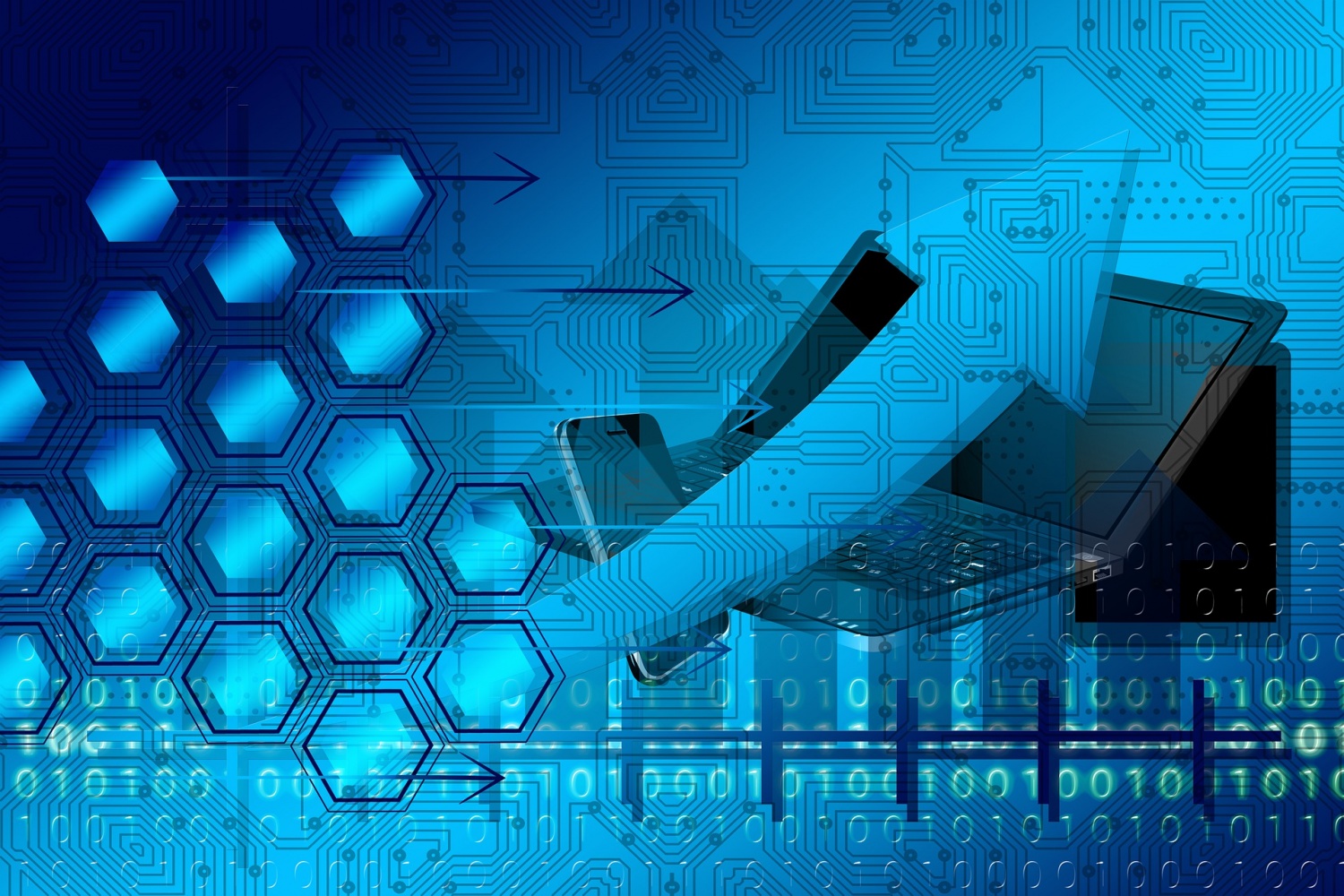
RAID involves the use of at least two storage drives for a single server or computer system. If you ever experience RAID failure, it is probably because one of these storage drives has malfunctioned or been corrupted somehow. But it could also mean that a configuration problem exists too.
RAID fails when it does not perform the job it is supposed to do. For instance, if you want to increase the performance of your computer system with a RAID 0 level configuration, then you will know something is wrong if the performance starts to diminish or you lose data and cannot retrieve it.
To help you better understand this concept, let's examine the most common RAID failures and how they can be resolved.
Corrupted Partitions
A hard disk drive can contain one or more file systems called partitions. When data is written to your hard disk drive, it is stored within a partition on the disk. The file system is how the system can organize and retrieve files quickly. If data were written to the disk drive in random places without a file system, then your system wouldn't know where to retrieve the data when you want to execute it.
Your system will report corrupted partitions as "missing partitions." You will see this message when you try to open or read specific files in the missing partition. It doesn't mean those files are unrecoverable, though. It just means your system doesn't know where they are because the file system is messed up.
Partitions can become corrupted because of viruses, hackers, or someone operating your system improperly. Outside attacks from viruses and hackers can be prevented if you install the latest internet security software. In all other cases, the missing partitions can usually be restored with partition repair or recovery software.
Controller Failure
RAID depends on a disk array controller to manage all the storage disk drives associated with the system. The controller may be a piece of hardware or software, although hardware-based RAID controllers are standard for most systems. If there is ever a situation where the RAID controller stops working correctly, it could lead to permanent data loss.
RAID controllers should last for up to 5 years if your system is used moderately. However, if your system experiences a lot of power surges or sudden obstructions to its power supply, then it could damage the controller and cause it to fail. That is why it would be wise to invest in a surge protector for your electrical outlet. A surge protector will keep your computer hardware safe in the event of a power surge.
Disk Drive Failure
RAID failure will definitely occur if one or more of your disk drives stop working. A disk drive might stop working if it is more than five years old and has been used regularly throughout that time. It might also stop working if power surges or other power problems had affected it frequently.
Your RAID level configuration will determine whether the data on that disk drive is recoverable or not. For instance, if you have a RAID 1 configuration, all the data from the failed disk drive will be recoverable on the other disk drive. But that wouldn't be the case with a RAID 0 configuration because the data from one disk is not replicated on the other disk.
You could try to run a basic file recovery software, but it likely won't work unless you have a RAID 5 configuration. The best solution is to bring your failed disk drive to a professional computer technician and retrieve the data from it using their advanced RAID repair tools. Some of the disks in the drive may still be readable, but you'll need more than a simple computer to retrieve the information from them.
Unconfigured Replacement Drive
When you replace a faulty disk drive with a new disk drive, you must reconfigure the RAID system. Otherwise, you'll get a series of errors and interruptions as the system attempts to retrieve data. It could even cause files on the other disk drive to become corrupted if the configuration is not done correctly.
For this reason, it is wise to periodically backup the data all your hard disk drives. Then you can restore the data on the new disk drives and get a fresh start with the RAID system.
* This is a contributed article and this content does not necessarily represent the views of techtimes.com









